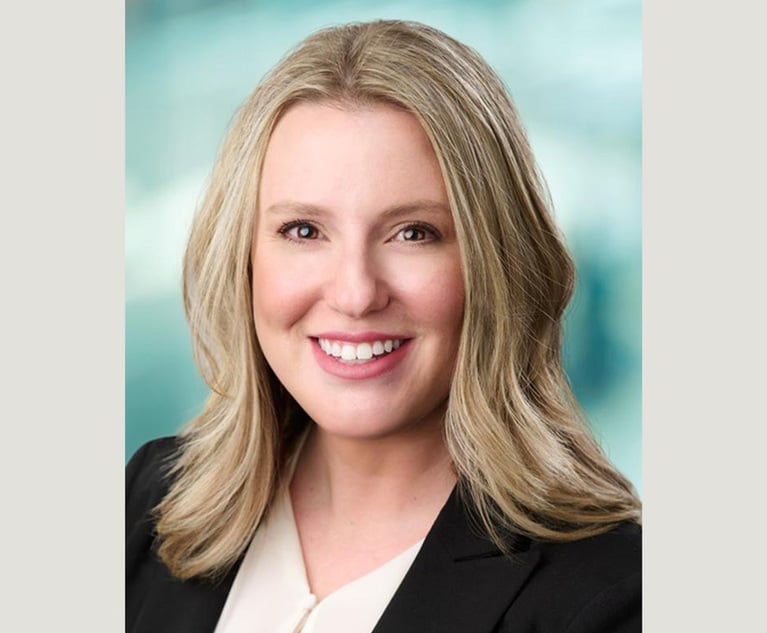The holiday season is over, and you’ve been enabling your new Amazon Alexa, installing your Google Nest, setting up your SmartTV, and running with your Fitbit. Welcome to the world of the Internet of Things (IoT)! If you didn’t already know, you’ve now just drastically increased your digital footprint as well as the potential that your new IoT data may be subject to preservation, collection and production in civil litigation.
IoT refers to the connection of devices to the internet or a secure network that are capable of collecting and transmitting data without human-to-human or human-to-computer interaction. Gartner Inc. forecasts that the number of IoT-connected devices will number 20.4 billion in 2020, up from 6.3 billion in 2015. Of those, 12.8 billion are associated with consumer applications and 7.7 billion associated with various business segments. By 2025, the volume of data associated with IoT devices is expected to be close to 79.4 zettabytes (a zettabyte (ZB) is equal to 1 trillion gigabytes). (See https://www.gartner.com/en/newsroom/press-releases.)


 Joseph A. Tate Jr. (left) and David J. Walton (right) of Cozen O’Connor.
Joseph A. Tate Jr. (left) and David J. Walton (right) of Cozen O’Connor.




